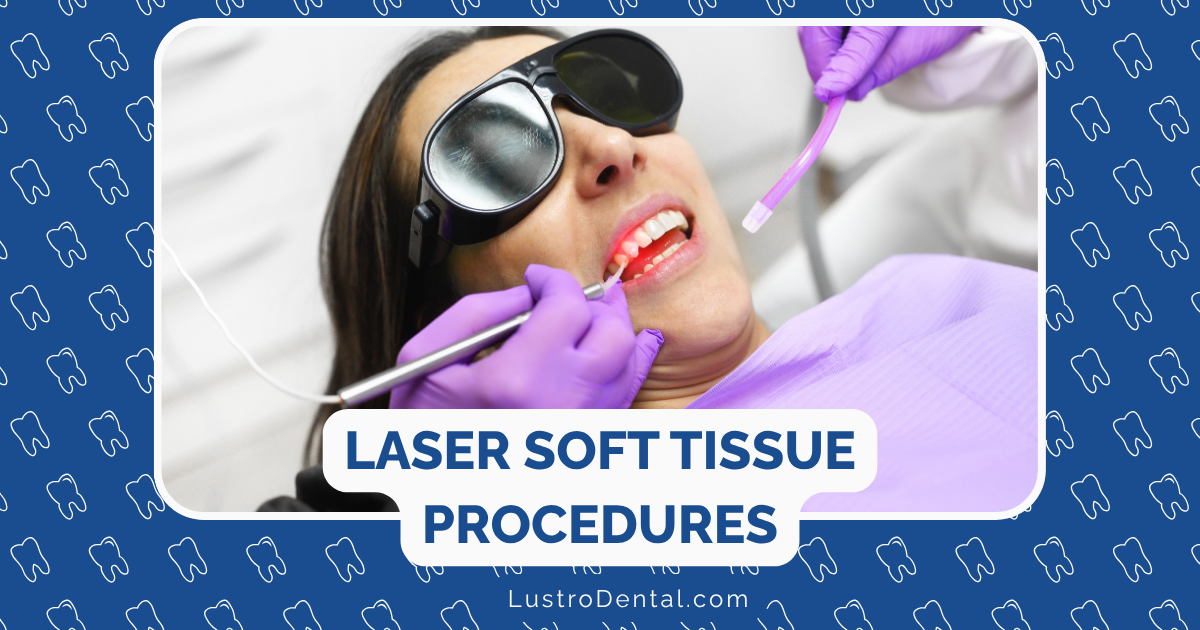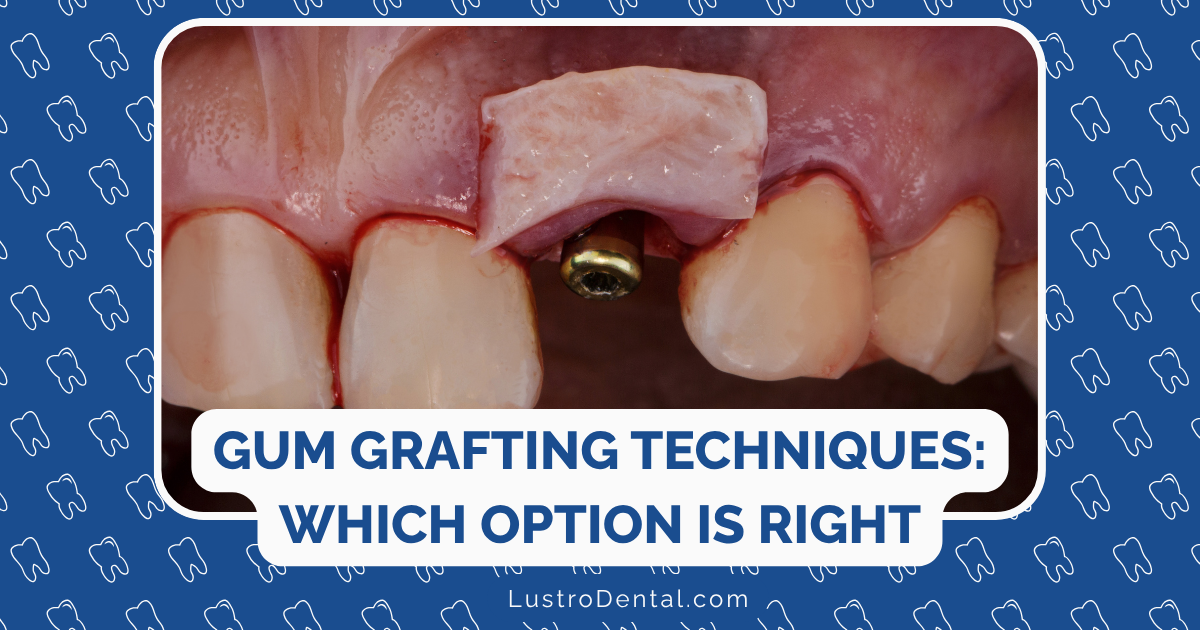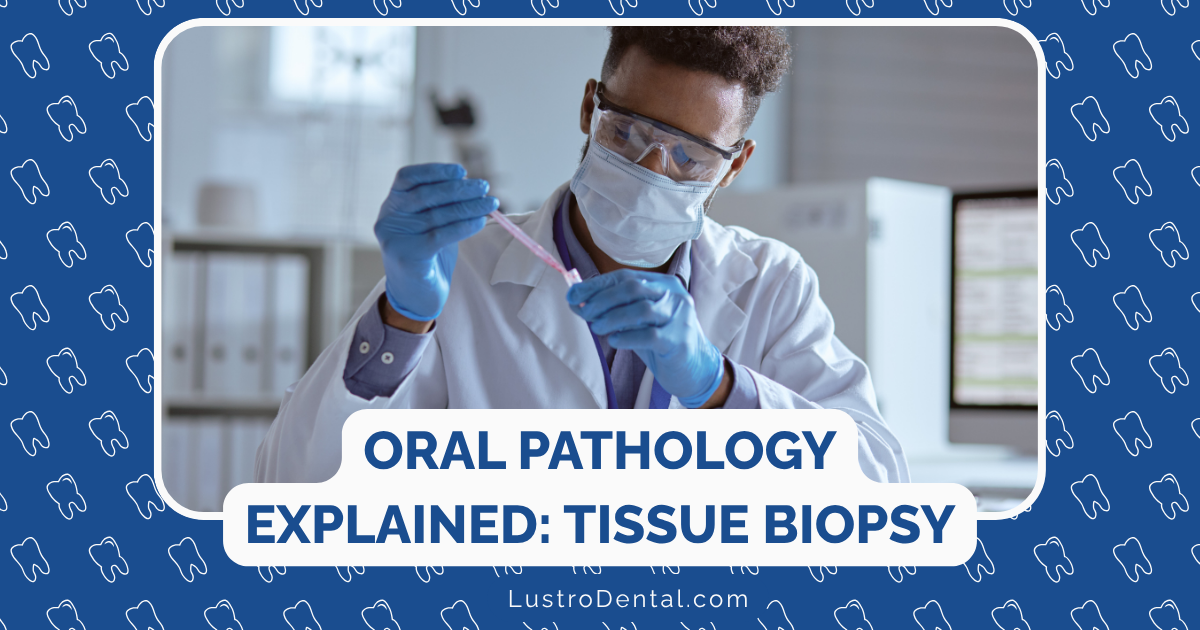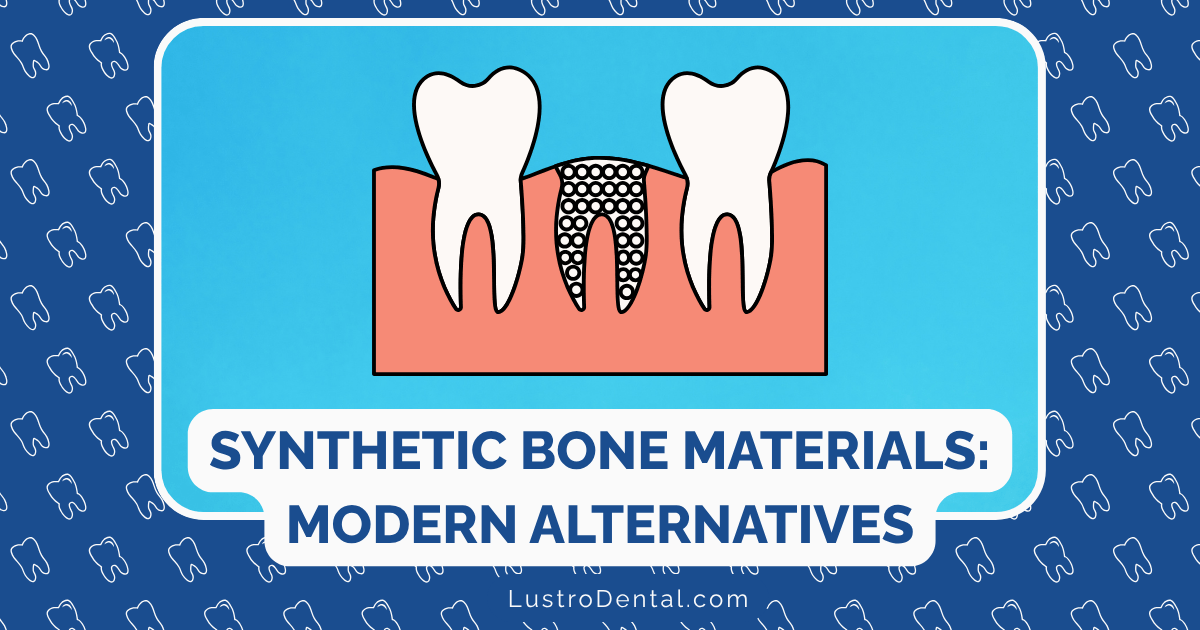Braces and Jaw Surgery: How Orthodontics Works with Surgical Correction

When I first met Sarah, she spoke with her hand partially covering her mouth. She’d spent years feeling self-conscious about her underbite and had been told by multiple dentists that braces alone wouldn’t fix her issue. “I just want to smile in photos without feeling embarrassed,” she told me during our consultation.
Sarah’s story isn’t uncommon. For some people, misalignment issues go beyond what traditional orthodontics can correct. When the upper and lower jaws don’t align properly, daily functions most of us take for granted—eating, speaking, even breathing—can become challenging. This is where the powerful combination of braces and orthognathic surgery (jaw surgery) comes into play.
When Braces Alone Aren’t Enough
Most of us think of braces as the go-to solution for crooked teeth. And for many people, that’s absolutely correct. Traditional orthodontics works wonders for dental misalignments—when teeth need to be straightened or small gaps need to be closed.
But what happens when the issue lies not with the teeth themselves, but with the jaw structure supporting them?
According to the American Association of Oral and Maxillofacial Surgeons, approximately 5% of Americans have skeletal malocclusions severe enough that orthodontics alone cannot achieve proper alignment. These skeletal discrepancies might include:
- Severe overbites or underbites
- Asymmetrical jaw growth
- Open bites (where front teeth don’t meet when back teeth are closed)
- Difficulty chewing or biting food
- Sleep apnea related to jaw position
- Chronic jaw pain or TMJ disorders
Dr. Jennifer Reynolds, an oral surgeon at Mayo Clinic, explains: “We often see patients who’ve been told their entire lives that their bite problems are too severe for braces alone. They’re relieved to learn there’s a combined approach that can address both their functional and aesthetic concerns.”
The Orthodontist-Surgeon Partnership: A Collaborative Approach
One of the most fascinating aspects of orthognathic treatment is the close collaboration between orthodontists and oral surgeons. This isn’t a handoff from one specialist to another—it’s a carefully choreographed dance that often spans 18-24 months.
The Evaluation Process: Building Your Treatment Team
The journey typically begins with either an orthodontist or oral surgeon recognizing that a patient’s case requires both specialties. A comprehensive evaluation follows, including:
- 3D imaging and CBCT scans
- Facial analysis and measurements
- Bite evaluation
- Airway assessment
- Functional evaluation (speech, chewing, breathing)
Dr. Michael Chen of Johns Hopkins Medicine notes, “The initial consultation is crucial. We’re not just examining teeth and jaws—we’re listening to patients describe how their jaw discrepancy affects their daily life, their self-confidence, and their overall well-being.”
The Treatment Timeline: What to Expect
Understanding the typical timeline helps patients mentally prepare for what can be a lengthy but life-changing process.
Phase 1: Pre-Surgical Orthodontics (12-18 months)
Contrary to what many expect, braces come before surgery, not after. This often surprises patients who wonder, “Why straighten my teeth first if my jaw is in the wrong position?”
The answer lies in understanding the surgical process. Your orthodontist needs to position your teeth optimally for where they’ll eventually sit after surgery—not where your jaw is currently.
During this phase:
- Braces are placed to align teeth within each arch
- Teeth that may have compensated for jaw discrepancies are “decompensated”
- Spaces may be created or closed to prepare for post-surgical alignment
- Regular adjustments track progress toward surgical readiness
“This phase can be the most challenging psychologically,” explains Dr. Sarah Thompson, an orthodontist specializing in surgical cases. “Patients often feel their bite getting worse before surgery, not better. We’re essentially undoing the natural compensations their teeth have made to accommodate the jaw discrepancy.”
Phase 2: Surgical Planning and Procedure
As pre-surgical orthodontics nears completion, detailed planning for the surgical procedure begins:
- Final imaging and records: Detailed 3D models are created to plan precise surgical movements.
- Virtual surgical planning: Many surgeons now use computer simulation to show patients expected results and plan exact measurements for jaw repositioning.
- Surgical splints: Custom-made guides ensure the jaws are positioned exactly as planned during surgery.
The surgery itself is performed under general anesthesia and typically takes 3-5 hours, depending on complexity. Common procedures include:
- LeFort I Osteotomy: Repositioning the upper jaw
- Bilateral Sagittal Split Osteotomy (BSSO): Repositioning the lower jaw
- Genioplasty: Chin reshaping and repositioning
- Segmental Osteotomies: Repositioning sections of the jaw
Most patients stay in the hospital for 1-2 nights following surgery. While recovery varies by individual, most people require 2-3 weeks away from work or school.
Phase 3: Post-Surgical Orthodontics (6-12 months)
Once the initial healing period (about 6 weeks) is complete, active orthodontic treatment resumes. During this phase:
- Fine-tuning of the bite occurs
- Elastic bands help guide teeth into their final positions
- Any remaining spaces are closed
- The arches are coordinated for optimal function
“The post-surgical phase typically progresses much faster than pre-surgical orthodontics,” notes Dr. Thompson. “The jaws are now in harmony, so we’re just perfecting the final details of the bite.”
The Recovery Journey: What Patients Experience
Sarah, whom I mentioned earlier, described her recovery this way: “The first two weeks were tough—mostly liquid diet, swelling, and limited speaking. But by week three, I was already seeing changes in my profile that made it all worthwhile.”
The typical recovery timeline includes:
Weeks 1-2:
- Significant swelling and bruising
- Liquid diet
- Limited jaw movement
- Regular surgeon follow-ups
- Sleep disruption common
Weeks 3-6:
- Transition to soft foods
- Swelling reduces by approximately 50-60%
- Return to work/school (typically)
- Increased jaw mobility
- Orthodontic adjustments may resume
Months 2-6:
- Return to normal diet
- Continued improvement in jaw function
- Final swelling resolves (though minor swelling can persist up to a year)
- Adaptation to new bite and facial appearance
One aspect that surprised Sarah was the emotional adjustment: “Looking in the mirror and seeing a different face—even though it was the face I’d always wanted—took some getting used to. It wasn’t just a physical transformation but an emotional one too.”
Beyond Aesthetics: The Functional Benefits of Surgical Orthodontics
While improved appearance is often what motivates patients to pursue treatment initially, the functional benefits can be equally life-changing:
Improved Breathing and Sleep
Research published in the Journal of Oral and Maxillofacial Surgery has shown that correcting severe jaw discrepancies can significantly improve airway dimensions, potentially alleviating sleep-disordered breathing and sleep apnea symptoms.
Enhanced Chewing Efficiency
A properly aligned bite distributes force evenly across teeth, improving chewing efficiency and reducing excessive wear on teeth. Many patients report being able to enjoy foods they previously avoided.
Speech Improvements
Certain jaw discrepancies, particularly open bites, can affect speech clarity. Correcting these issues often leads to improved articulation and confidence in speaking.
TMJ Symptom Relief
While not a primary treatment for TMJ disorders, orthognathic surgery can sometimes alleviate symptoms by creating a more harmonious relationship between the jaw joints, muscles, and teeth.
Is Orthognathic Surgery Right for You?
Determining whether you’re a candidate for combined orthodontic-surgical treatment requires evaluation by specialists. However, these signs suggest you might benefit from a consultation:
- Your bite problems are severe (significant overbite, underbite, or asymmetry)
- You experience chronic jaw pain, headaches, or difficulty chewing
- Previous orthodontic treatment didn’t fully correct your bite
- You’re physically mature (typically 16+ for women, 18+ for men)
- You’re in good general health
- You’re committed to the full treatment process
Financial Considerations: Navigating Insurance Coverage
One of the most common questions patients ask is about cost and insurance coverage. Unlike purely cosmetic procedures, orthognathic surgery is often partially covered by medical insurance when functional impairments are documented.
According to the American Association of Orthodontists, insurance coverage typically requires:
- Documentation of functional impairment
- Evidence that orthodontics alone cannot correct the condition
- Pre-authorization submissions
- Coordination between dental and medical insurance
“The key is thorough documentation,” advises Dr. Reynolds. “We work closely with patients to gather evidence of functional issues—difficulty chewing, speech problems, sleep disturbances—that strengthen their case for medical necessity.”
Out-of-pocket costs vary widely depending on insurance coverage, but patients should be prepared for expenses related to:
- Orthodontic treatment (often covered under dental insurance with lifetime maximums)
- Surgical fees (potentially covered under medical insurance)
- Hospital fees and anesthesia
- Post-surgical care
The Psychological Journey: Preparing for Transformation
The decision to undergo orthognathic surgery isn’t just physical—it’s deeply psychological. Patients are choosing to change a fundamental aspect of their appearance, and that comes with emotional considerations.
Support resources that can help include:
- Jaw Surgery Support Groups on social platforms
- Pre-surgical counseling
- Connecting with previous patients
- Viewing progressive photos of others’ healing journeys
- Setting realistic expectations about recovery and results
“I tell all my patients to prepare not just physically, but emotionally,” says Dr. Chen. “Having support systems in place, understanding there may be moments of doubt during recovery, and focusing on the long-term outcome all help with the adjustment process.”
Sarah’s Transformation: One Year Later
When Sarah came for her final appointment, the transformation was remarkable—not just in her profile and smile, but in her confidence.
“I no longer hide my smile in photos,” she told me. “But the best part isn’t even how I look—it’s being able to bite into an apple without pain, sleeping better, and not having constant jaw fatigue by the end of the day.”
Her experience echoes what research consistently shows: while aesthetic improvements are significant, the functional benefits of orthognathic surgery often have the most profound impact on quality of life.
Final Thoughts: A Partnership in Transformation
The journey through combined orthodontic and surgical correction is one of the most comprehensive treatments in dental medicine. It represents a true partnership—between specialists who coordinate care, between patients who commit to the process, and between function and aesthetics working in harmony.
If you’re considering this treatment path, remember:
- Seek consultation with specialists experienced in orthognathic cases
- Ask to see before-and-after cases similar to yours
- Understand both the risks and benefits
- Prepare for a significant time commitment
- Build your support system before beginning treatment
The result can be transformative in ways that go far beyond your smile—affecting how you eat, speak, breathe, and feel about yourself every day.







